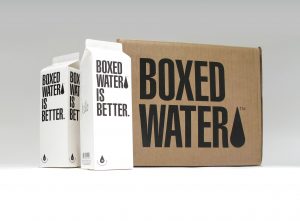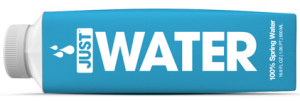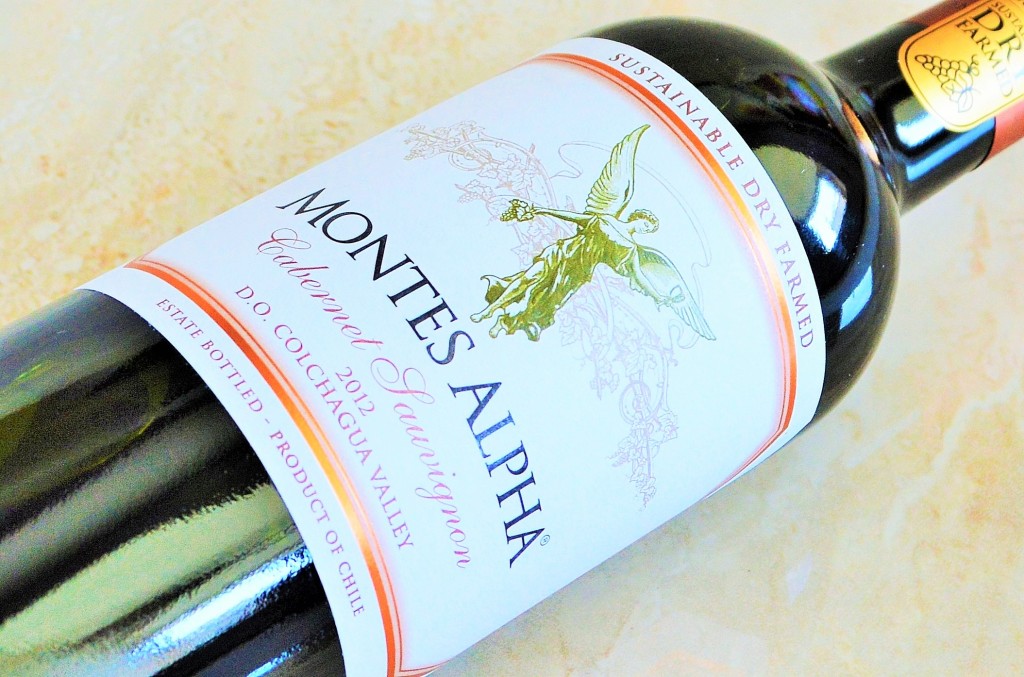One concept that has now become the new buzzword in tech is blockchain. In the media, we often hear about blockchain technology being deployed in the financial sector resulting in products like BitCoin. The interesting thing about this technology, is that very soon, it will deployed in supply chain increasing transparency and traceability. With a large section of sustainability marketing being focused on third-party certifications, the application of blockchain can potentially render existing certifications obsolete or create new certifications that focuses solely on supply chain transparency.
Blockchain for a Non-Techie
Blockchain stores information across a network of personal computers. The key point is that these personal computers are decentralized and distributed which means no one person or system can control it. While passing information through this system, everyone on the system will help “validate” this information and this prevent records from being corrupted or altered. A quick two-minute video will get you up to speed about the concept of blockchain.
Current Examples
That leads us to the issue of supply chain transparency and traceability. Companies long recognize the need for a transparent supply chain but struggle with sharing data with competitors, customers, suppliers or even neutral 3rd parties. Blockchain will allow participants across the ecosystems to achieve traceability without compromising the security of data. Walmart, one of the world’s largest retailer has already started piloting blockchain their their supply chain. Currently, they are using blockchain to get data on suppliers, details on how and where food was grown and who inspected it. Information from the pallet to the individual package is available. Not only will this allow Walmart to be more accountable but the could potentially decrease the firefighting time in recalling few packages vs. all stock across all stores. Provence is another company that piloted blockchain to track tuna supply chains in Indonesia which supplies to the British grocer, Co-op foods. Looking away from the food industry and into the clean energy sector, L03 supported by Siemens is using blockchain to trade clean power across solarfed grids.
Implications
Certifications for sustainably managed forestry and and non-conflict materials all rely on rigorous checks and balances to ensure traceability. Would blockchain technology replace these certifications or perhaps simplify the certification industry. Maybe getting certifications in the future will be cheaper because blockchain can get the same verification job done in a fraction of the cost. Certifications and metrics will be one of the key areas of potential impact. I’m interested to see where blockchain can be deployed next in the realm of sustainability.




